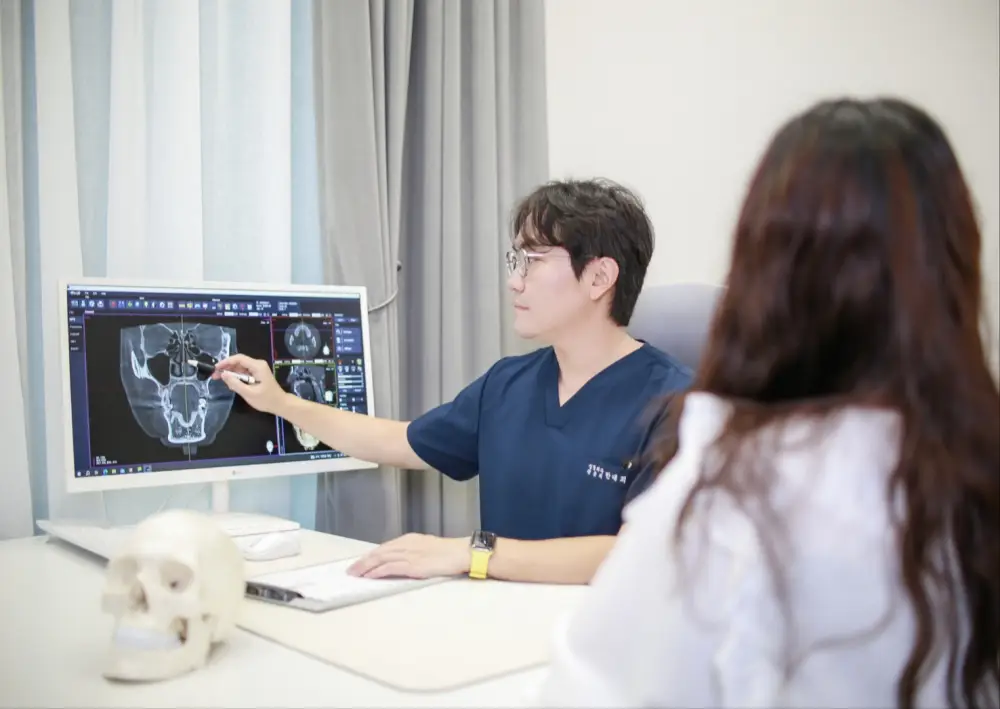Rhinoplasty: Key to Success in Columella and Nasolabial Angle
Avoiding Revision Rhinoplasty: Balance Between Columella and Nasolabial Angle
As the demand for rhinoplasty continues to grow, inquiries about revision rhinoplasty are also on the rise. Experts emphasize that maintaining the balance between the columella and the nasolabial angle is crucial to avoid the need for secondary surgery.

Dr. Han Dae-hee, a plastic surgeon at Edition Plastic Surgery, stated, “The columella plays a key role in determining the overall proportion of the nose and face,” adding, “Proper length and angle of the columella contribute to a natural and harmonious appearance.” He stressed the importance of thoroughly analyzing a patient’s facial structure before surgery to determine the optimal length and angle of the columella.
Dr. Han also highlighted the importance of setting the appropriate nasolabial angle. “If the nasolabial angle is too narrow, it can create a closed-off and aged appearance, whereas an overly wide angle can result in an upturned nose,” he explained. The ideal nasolabial angle is known to be 95-105 degrees for women and 90-95 degrees for men.
Since revision rhinoplasty is generally more complex and difficult than the initial surgery, it’s essential to ensure both functional and aesthetic aspects are addressed during the first operation to reduce the risk of requiring a revision. Dr. Han advised, “If the tip of the nose starts to lift, the implant becomes visible, or the nose appears crooked after the first surgery, it’s crucial to address these issues promptly before secondary complications arise.”
He further emphasized the importance of choosing an experienced surgeon to plan and perform revision rhinoplasty, ensuring both aesthetic and functional outcomes are improved if complications occur.
Editor 메디마스터
Provided by: Edition Plastic Surgery

